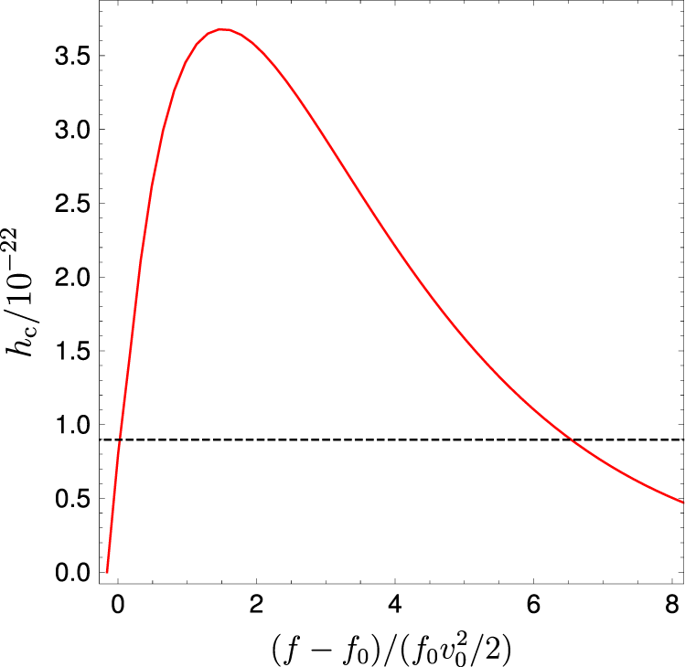Communications Physics ( IF 5.5 ) Pub Date : 2019-12-10 , DOI: 10.1038/s42005-019-0255-0 Huai-Ke Guo , Keith Riles , Feng-Wei Yang , Yue Zhao

|
Dark matter exists in our Universe, but its nature remains mysterious. The remarkable sensitivity of the Laser Interferometer Gravitational-Wave Observatory (LIGO) may be able to solve this mystery. A good dark matter candidate is the ultralight dark photon. Because of its interaction with ordinary matter, it induces displacements on LIGO mirrors that can lead to an observable signal. In a study that bridges gravitational wave science and particle physics, we perform a direct dark matter search using data from LIGO’s first (O1) data run, as opposed to an indirect search for dark matter via its production of gravitational waves. We demonstrate an achieved sensitivity on squared coupling as \(\sim\! 4\times 1{0}^{-45}\), in a \(U{(1)}_{{\rm{B}}}\) dark photon dark matter mass band around \({m}_{{\rm{A}}} \sim 4\,\times 1{0}^{-13}\) eV. Substantially improved search sensitivity is expected during the coming years of continued data taking by LIGO and other gravitational wave detectors in a growing global network.
中文翻译:

在LIGO O1数据中搜索暗光子暗物质
暗物质存在于我们的宇宙中,但其本质仍然是神秘的。激光干涉仪重力波天文台(LIGO)的出色灵敏度也许可以解决这个谜团。一个很好的暗物质候选者是超轻暗光子。由于其与普通物质的相互作用,它会在LIGO反射镜上引起位移,从而导致可观察到的信号。在将引力波科学与粒子物理学联系起来的一项研究中,我们使用LIGO的第一个(O1)数据运行中的数据执行直接暗物质搜索,而不是通过产生引力波间接搜索暗物质。我们证明了在\(U {(1)} _ {{\ rm {B}}}中的平方耦合为\(\ sim \!4 \乘以1 {0} ^ {-45} \)的灵敏度。\)\({m} _ {{\ rm {A}}} \ sim 4 \,\ times 1 {0} ^ {-13} \) eV附近的暗光子暗物质质量带。在未来的几年中,LIGO和其他重力波探测器在不断发展的全球网络中继续采集数据,有望大大提高搜索灵敏度。



























 京公网安备 11010802027423号
京公网安备 11010802027423号